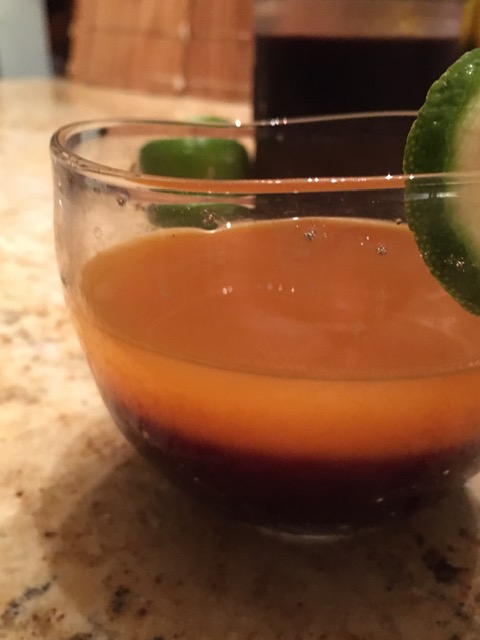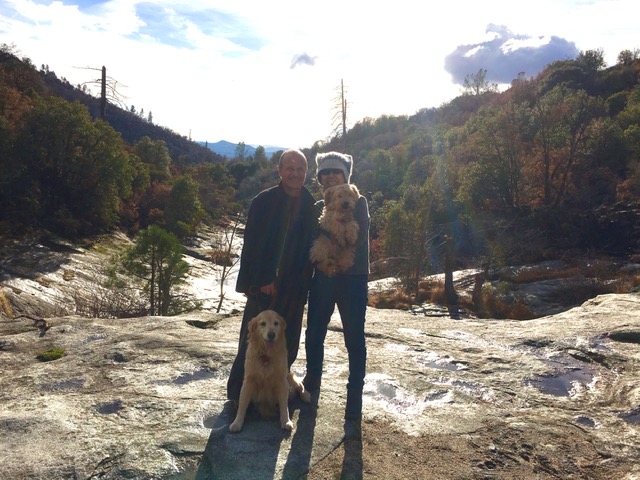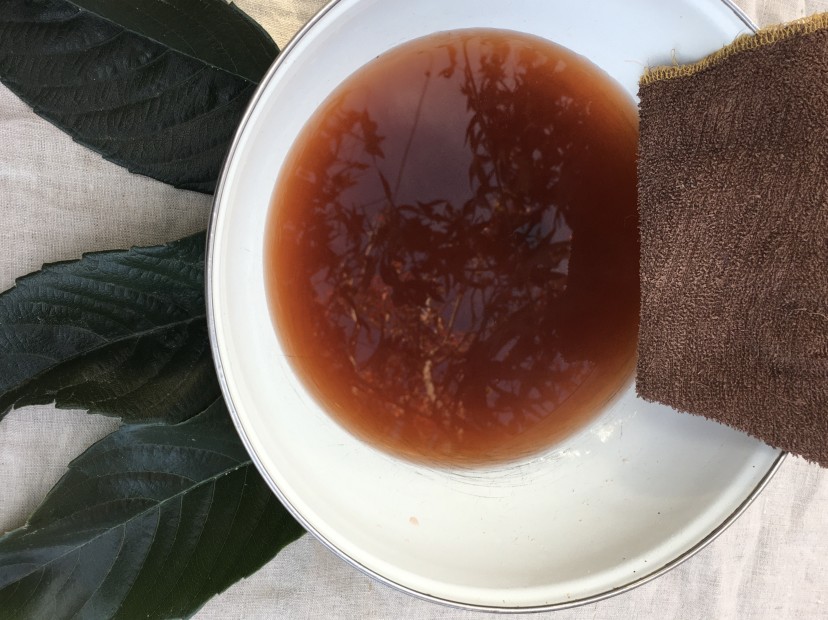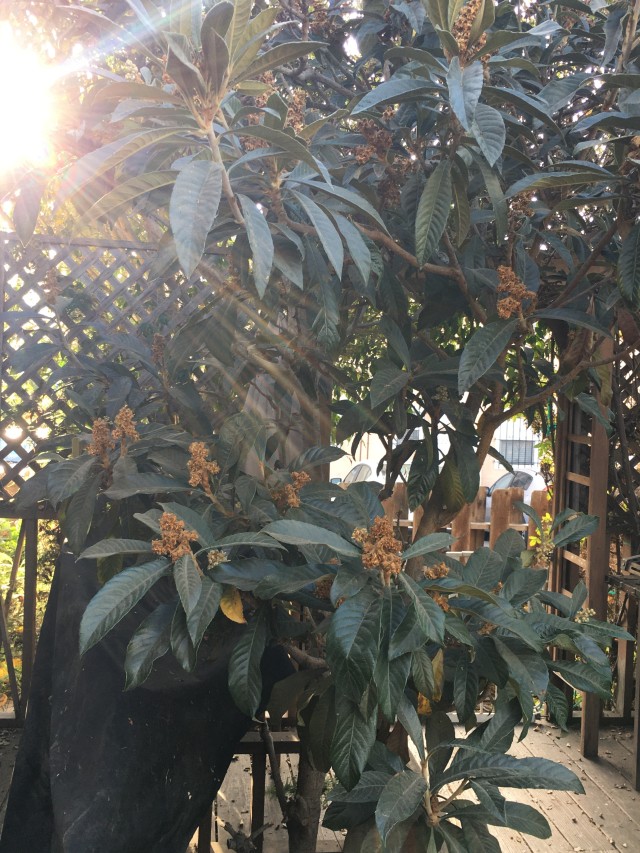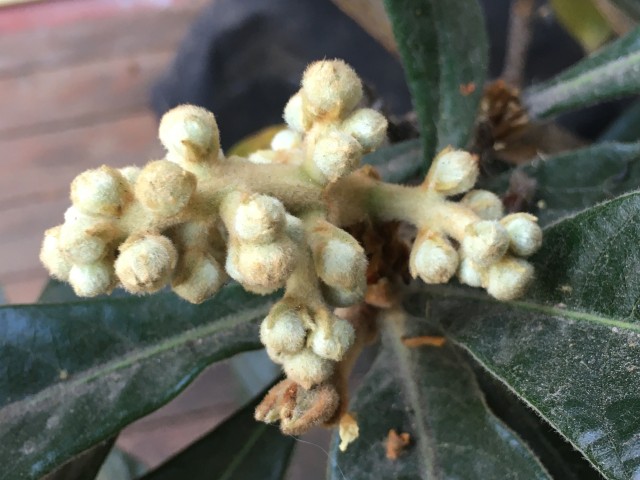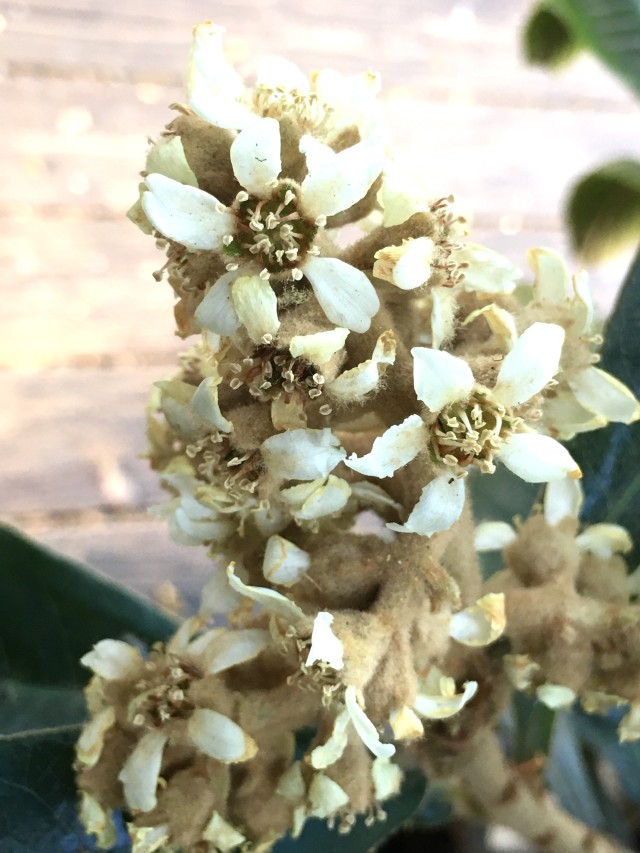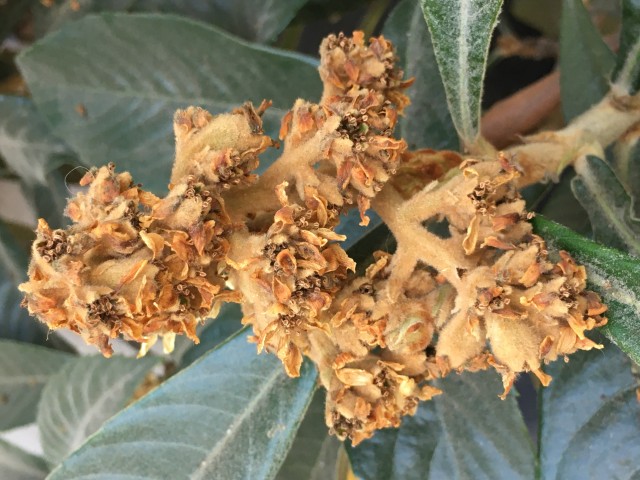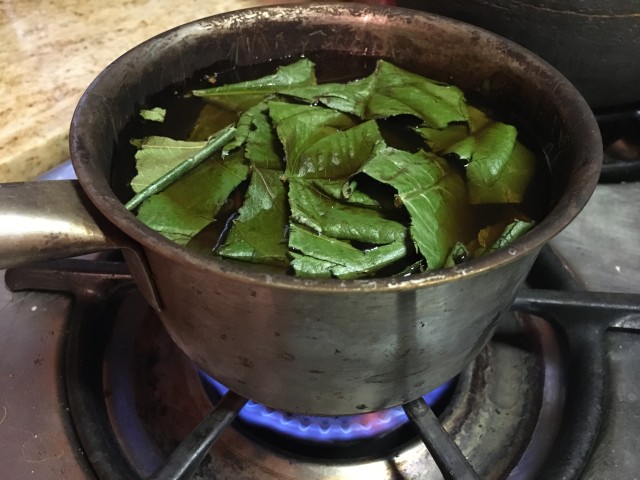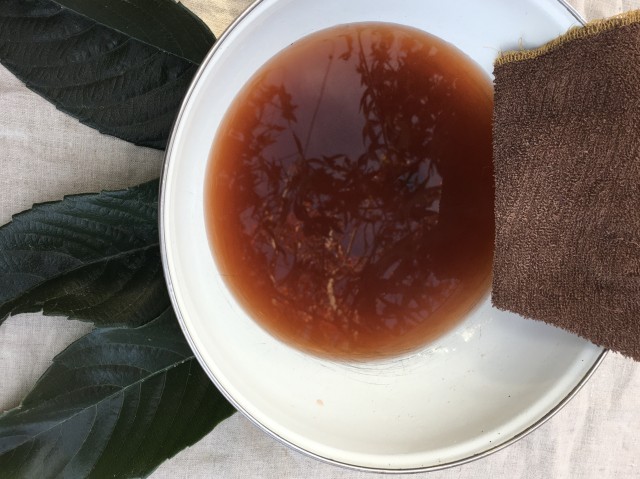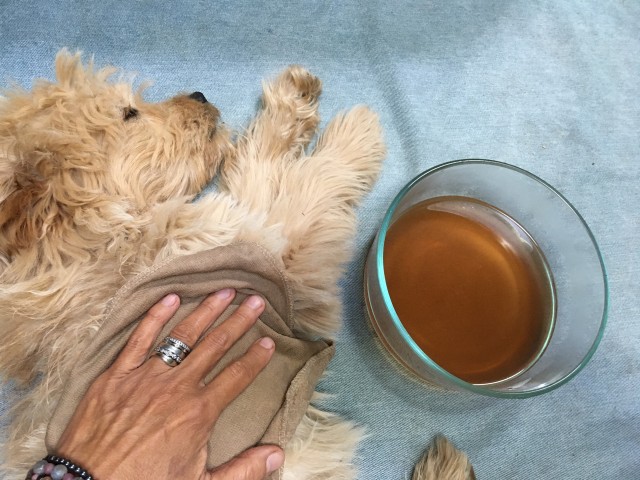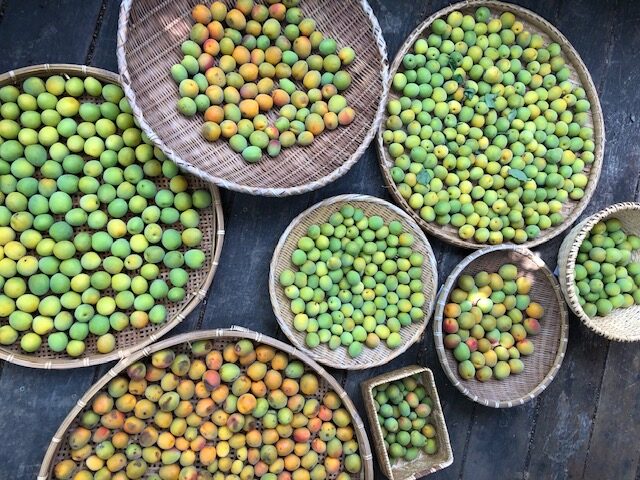
There is a word in Japanese “teshigoto” (手仕事)means Seasonal Handwork. Making Umeboshi plums is one of seasonal handwork for early summer. Japanese Ume Plum season in Japan is usually June through July, but California is usually in May.
I am fortunate to appreciate and continue to practice the Japanese origin culture even I left at 19 Japan, where I was born.
One of my favorites is making Japanese-style pickles.
I wouldn’t say I liked eating pickles growing up, and I also did not pay attention much when my grandmother and mother were making pickles.
It tasted salty and smell funny to me at that time. I always favor eating something sweet taste when I was younger.
Umeboshi plums are the only pickles I ate when I was a child because they were usually inside rice balls (onigiri) that my grandmother and my mother made. Their saltness blended well with rice, and I love nori seaweed wrapped outside of balls. I also like it over the rice in an obento box. The color of reddish-pink in white rice (I was growing up mostly eating white rice as the primary grain) was also attractive to me and did not have the weird smell that most of the pickles had.
There are many memories of eating rice balls with umeboshi plums.
I want to share one of them.
When I was three years old, my mother made a rice ball (onigiri) before going to a public bath (銭湯sento) because I was hungry. My parents were young, and they did not have good incomes so they did not have money to buy enough food on those days and I got hungry a lot. When I get too hungry, my mother made a small rice ball with an umeboshi plum. One small rice balls(onigiri) was not enough to satisfy my tummy sometimes so my mother said, “Suck the umeboshi pit if you are still hungry. “
I sacked for 2~3 hours; the pit got a little softened and I was able to break it. There was a seed inside the pit, which had the skin and when I took the skin out to find a tiny seed, I called Kamisama (God). I had no idea why I called it Kamisama (God). My mother told me that you are a strange child. And asked me, why do you call inside umeboshi pit is Kamisama (God)? I just said, “because it is so precious, I feel Kamisama (god) is inside of Umeboshi pit. “
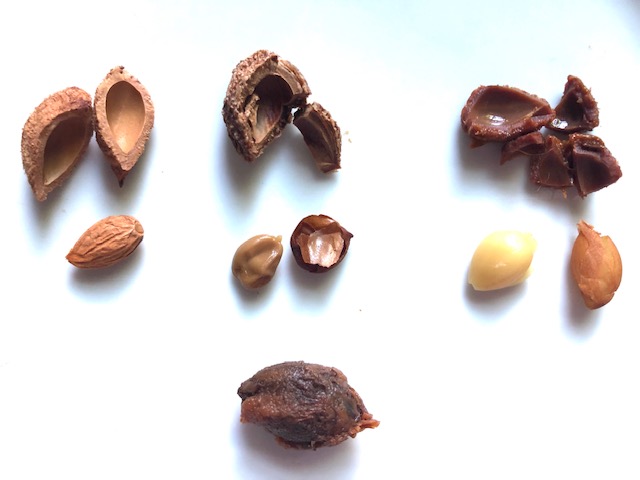
Photo: Umeboshi plums’ seeds – Left, umeboshi plum’s seed with skin separated shell after suck for 2~3 hours and dry for a few days on the kitchen counter. Center, over 20 years aged umeboshi plum’s seed and separated skin and shell. Right, three years aged umeboshi plum’s seed and separated skin and shell. The front umeboshi plum seed with shell.
When I grew up, I found out the legend that Tenjinsama (god in heaven at Tenjin shrine; a shrine dedicated to the memory of Sugawara no Michizane, who is deified as a symbol of learning.) is inside Umeboshi plum pit.
I could not believe it when I found out that Yenjinsama is inside the umeboshi plum pit, but then I confirmed what I felt every time I suck the umeboshi plum pit and got the seed inside there was Tenjinsama (god in heaven). Inside the umeboshi plum pit’s tiny whitish seed has a slightly bitter taste. It has plenty of vitamin B17 and helps to reduce fever.
I was connected to Umeplums since I was a young age. I was fortunate to go and help Kazuko and Jyunsei Yogi’s Ume orchard (they had over 400 ume plums trees and have made the first American grow organic Umeboshi plums 1983~2007) in Oroville, California, a few years later when I started to practice macrobiotics with my friend Nanayo. Kazuko and Jyunsei taught me how to work hard and appreciate the nature of Ume trees with their fruits heavest to make umeboshi plums and grow red shiso leaves. After Junsei passed in 2000, Kazuko kept working, but she retired in 2008. Now the orchard is owned by Kyoko and Nobu (since 2010) as Mume Farm https://mume.farm/. They make traditional Umeboshi plums, vinegar, syrup, and ekisu.
I have been supporting selling Kazuko’s 20 years aged California Organic Umeboshi plums which have medicinal benefits. The site to purchase Kazuko’s 20 years aged California Organic Umeboshi plums is here. https://sanaesuzuki.com/product/california-organic-umeboshi-plums/
I make my Umeboshi plums (pickles) also every year and below is from last year umeboshi I made.
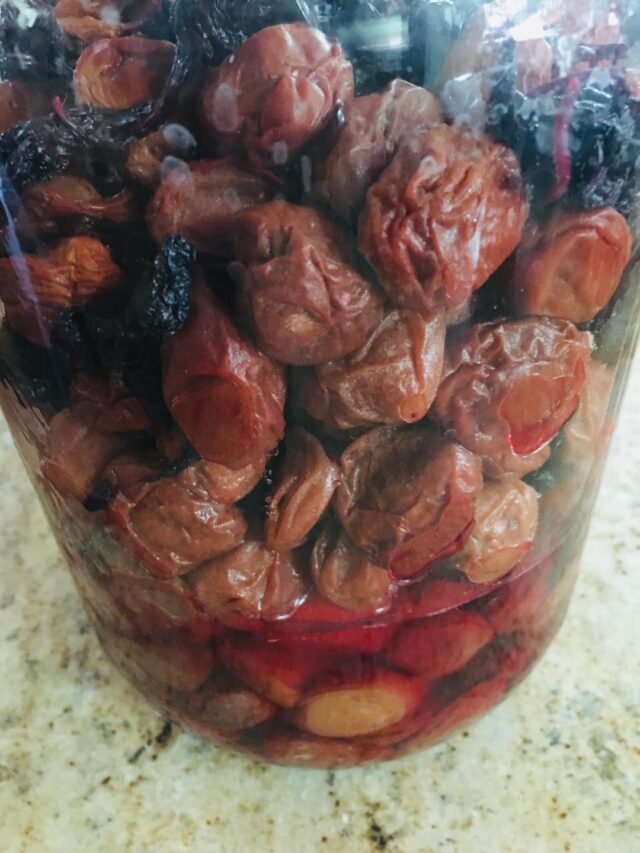
I also make Ume vinegar, Ume syrup, Ume enzyme juice, Ume wine, Ume jam, Ume sauce, Ume oil spread, Ume ginger, etc.
It is not easy to find good quality fresh ume plums to make my own pickles and other ume products.
I could not get fresh ume plums after Kazuko-san sold her Ume orchard; I did not know where to get fresh Ume plums. I tried Japanese market store-bought fresh Ume plums, but they did not come out good at all. I thought I had to give up making my own Umeboshi plums etc.
I had no idea that I was lead to finding Nankou Ume (南高梅)which is a very well-known Ume tree in Minabe, Wakayama, Japan. I have been supporting a woman who is growing Nankou Ume (南高梅)for 40 years and help to sell her fresh Nanko Ume plums every season for the last three years. And this year, I got some Kazuko and Jyunsei’s Ume offspring tree’s fresh Ume from Fresno, California.
My healing room was full of fresh Ume plums two weeks ago. I wish I could share the aroma of Ume plums. It is not just a sweet aroma like other plums. It has a distinctive pungent sweet smell. The smell of something brings me back to my childhood.
These are this year’s fresh Ume fruits that I got for making Umeboshi Plums (Ume plums fruits for making Umeboshi Plums are more rape than green hard ones).
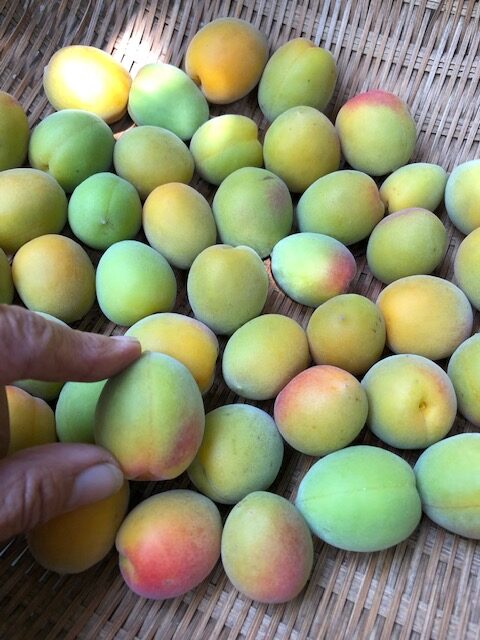
I am also growing red shiso leaves (Red shiso leaves are also good to make Red shiso juice; here is the recipe from my blog https://sanaesuzuki.com/2019/07/22/red-shiso-juice-delicious-summer-remedy-drink-for-health/).
Here is the recipe I make homemade Umeboshi plums here in Santa Monica.
Santa Monica Homemade Umeboshi Plums
Ingredients
1 lb/about 450 g fresh ripe Ume plum fruit (if you get green firm ume plums, leave them in a cool room temperature room in a bamboo try if you have till the color turns yellowish)
120 g sea salt – 15% of ume plum fruit (traditionally 15~20 % sea salt has been using in Japan) I use Si sea salt, which you can purchase from us.
1/2 tbsp Japanese Gin or Shochu (This is for sterilizing; Gin’s alcohol content over 40%. Shochu’s alcohol content is less than 40%, commonly between 25% and 40%. You can use alcohol higher than 35% ABV like vodka too.)
Fresh Red Shiso for color
45 g red Shiso leaves (10% of Ume plums)
2 tsp sea salt for red shiso leaves
Equipment
- A large mouse container (glass, ceramic, or enamel: avoid plastic and metal because of acidic sensitivity. I love #1 crock from Ohio Stoneware.
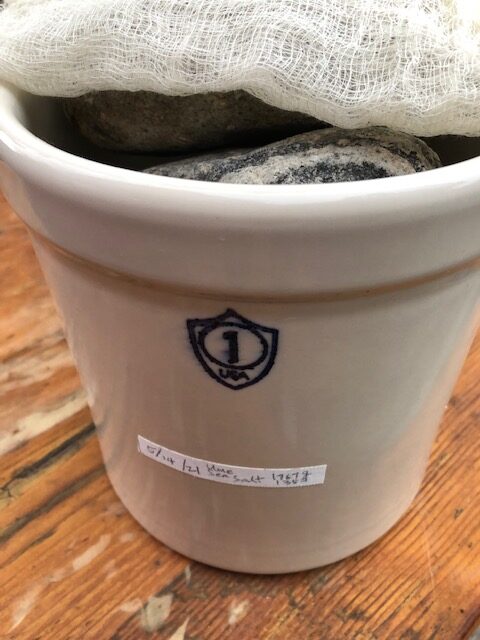
- Bamboo toothpicks
- Weight (Recommending 1.5 to 2 times of Ume plums. If it is too light, then it will be a cause of molding. I use stones as weight, but you can put baking beads, water, or other things in plastic bags to make as weight)
- A bamboo tray (to dry the pickled Ume plum to make Umeboshi)
Instructions
1. First, sterilize the container by boiling it in a large pot or pour hot water. Take out and let it dry to set aside.
2. Wash Ume Plum fruits.
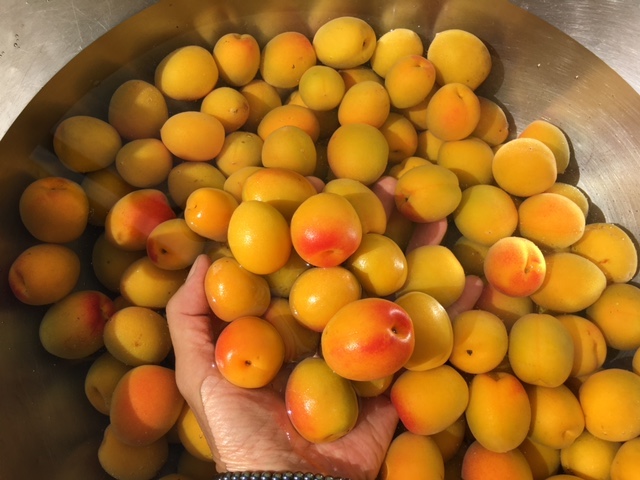
3. Pat dry the ume plum fruits with kitchen towels or cloths.
4. Using a bamboo toothpick, remove the woody bits (calyx) where the fruits are attached to their stems. It’s tedious work, but please do not skip it, so it prevents not get mold. Gently dry the ume entirely with a clean kitchen towel.
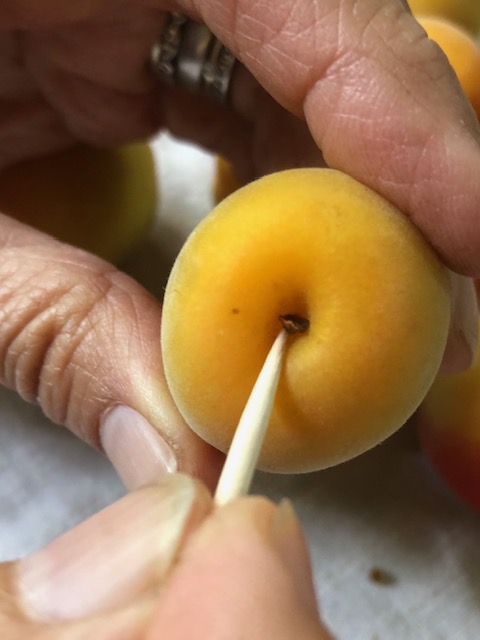
5. Put ume plums in a large bowl and pour over the Gin or Shochu to disinfect and sprinkle 1~2 tablespoons of sea salt to mix with hands. Make sure your hands are clean.
6. Pour Gin or Shochu on a clean kitchen towel and clean the inside of the container with the alcohol.
7. Sprinkle salt to cover the bottom of the crock. Then add two layers of ume. Sprinkle salt on top, followed by two layers of ume again.
8. Repeat this to make layers of umeboshi and salt until the umeboshi is all used.
9. Place a weight on top of the last layer. I used stones, but you can use baking beads inside a ziplock bag as a weight.
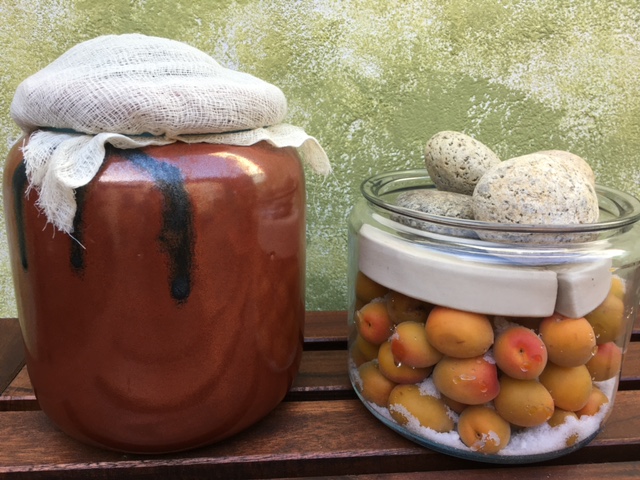
10. Recommend to write down the date and quantity of ume and sea salt used on a tape and put it over the crock.
11. Store a cool dark area out of sunlight. After a few days, the ume will start releasing moisture and you should see a layer of ume plum vinegar (梅酢, umesu) on top. If the ume plum vinegar does not come up in a few days, increase the weight so that the ume will sink in the vinegar quickly (this will protect from going bad/growing mold).
12. After one week, open the crock lid for the first time. Use clean hands and equipment to check.
13. If the ume plum vinegar is 1 inch (2.6 cm) above the plums, decrease the weight (roughly equal weight as the plums). If the plums are smashed/torn, also reduce the amount of weight. Store in a cool and dark place for at least one month, making sure the ume are soaked in plum vinegar.
Wait Until Red Shiso is Available
Patiently wait until red shiso is in season, usually mid to late June. You can leave your ume in the container as long as they are soaked in the pickling solution (ume plum vinegar). My case, my shiso leaves in my garden are ready to pick mid to late June so I usually check the weather report around that time and find three consecutive sunny days to dry sea salt pickled ume. I learned this method when I went to Kazuko-san and Jyunsei-san’s place. Fresh Ume in Japan is ready to pickle in June, but the season is a little early here and red shiso is not growing big enough to pick so I keep sea salt pickled ume for more than one month some years and dry ume first and add red shiso after I finish dry ume three days and nights.
How to dry sea salt pickled ume:
- On day one, remove the sea salt ume from the conteiner and place it onto a bamboo tray to dry. Make sure to leave a space for each ume so they are not touching. I turn each ume in the morning and in the afternoon one time each. Leave them overnight.
- On day two, repeat the same as day one to turn and leave them on the tray at night too.
- On day three, repeat the same as day two.
- This is a way to get Yin and Yang energy. Sunlight gives strength and moonlight provides softness.
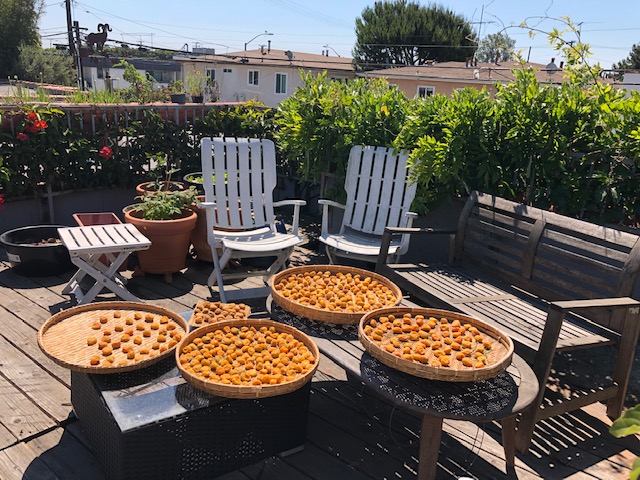
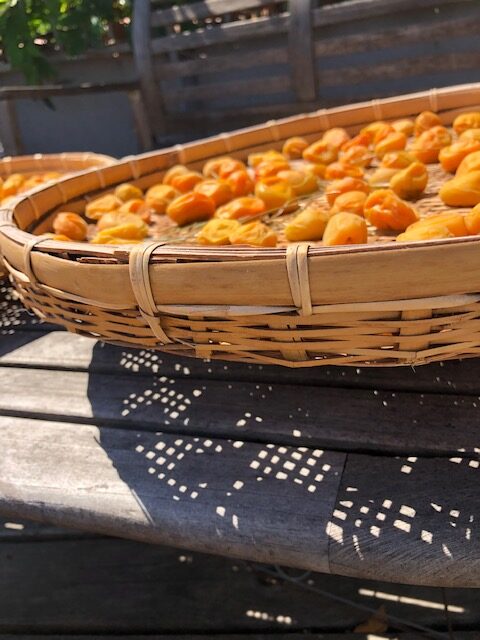
Harvest red shiso leaves from my garden or when I see them in the Japanese grocery store. If you can’t get red shiso, you can skip red shiso leaves and just sun dry to make white umeboshi plums.

- Pick shiso leaves from the stems and put them in a large bowl.
- Prepare the red shiso leaves: Wash the shiso leaves and drain the water as much as you can.
- Sprinkle half of the salt amount on top of the leaves.
- Mix the salt and shiso leaves with your hands and then massage them.
- Squeeze and discard the dark purple liquid that comes out.
- Sprinkle the remaining half of the salt over the shiso leaves and massage again.
- Squeeze out the dark purple liquid from the leaves again.
- Place the shiso leaves into a small mixing bowl.
- Add 1 tbsp of umesu (plum vinegar) from the jar of plums.
- Add the leaves to the container of umeboshi plums.
- If you want to make red shiso condiment then you can dry red shiso as you dry the umeboshi plums.

From my experience that umeboshi plums are best to start eating at least one year from pickling. Some people eat sooner than in one year, but they will be much saltier. If you want to have much milder umeboshi plums, wait for three years. More umeboshi plums aged they become medicinal.
I will update to edit this section to add more photos later.
If you have any questions, please send me email at sanaehealing@gmail.
Love,
Sanae
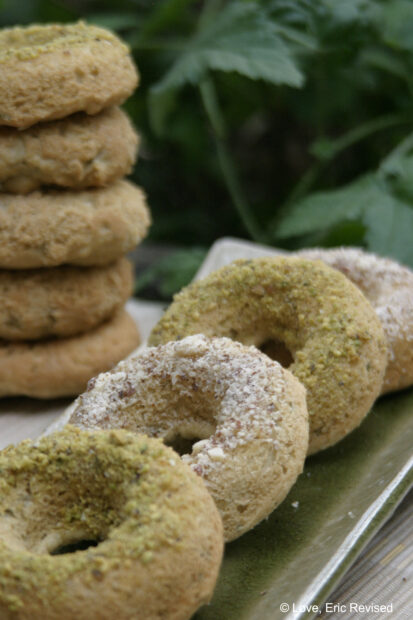
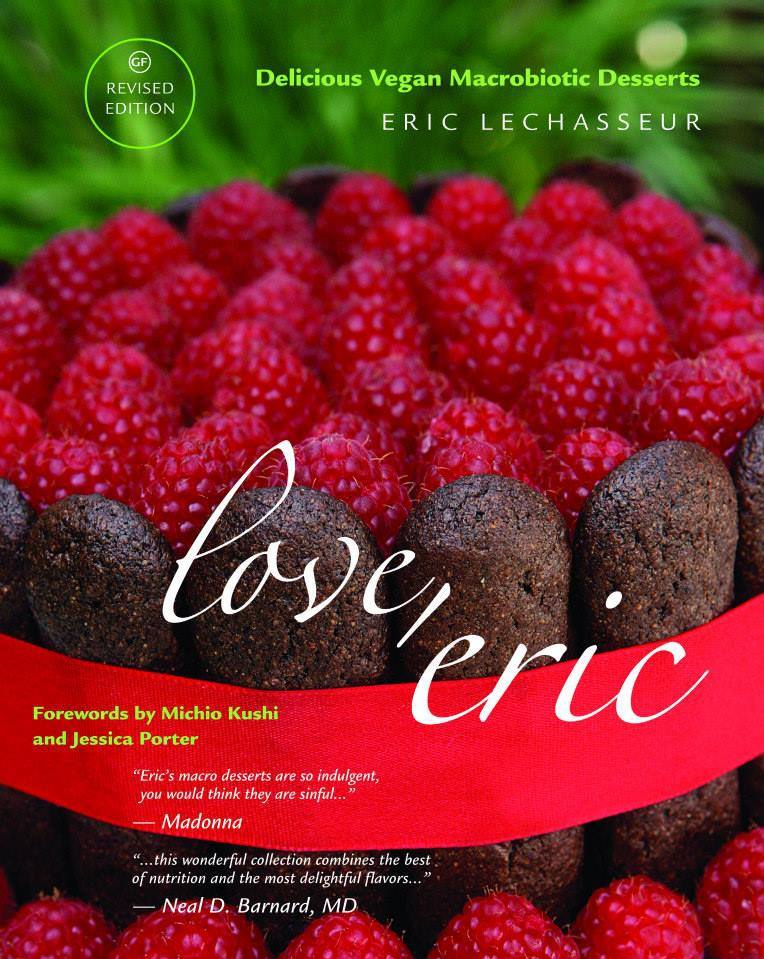
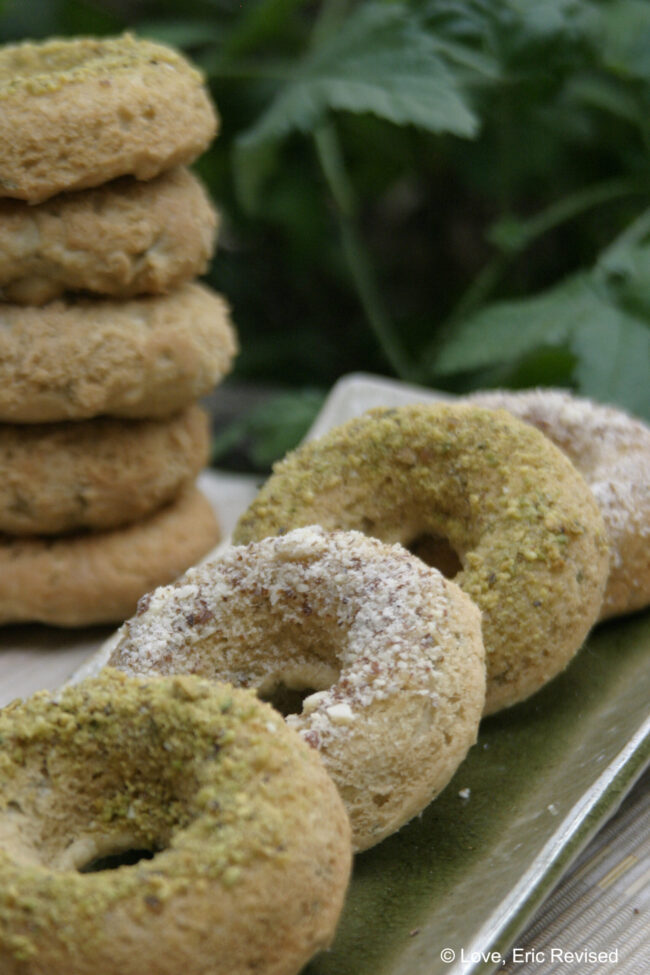
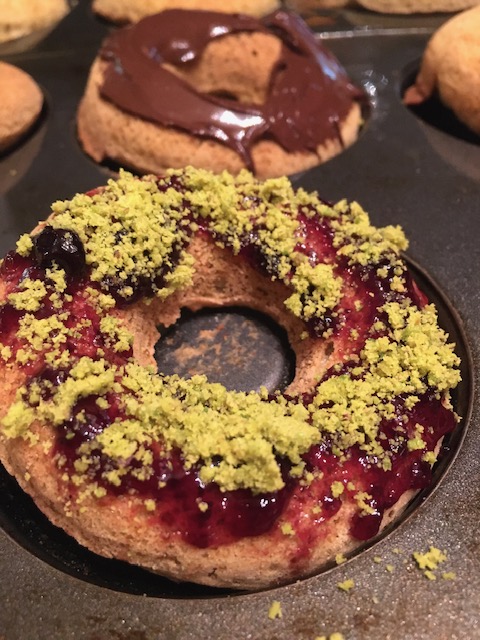



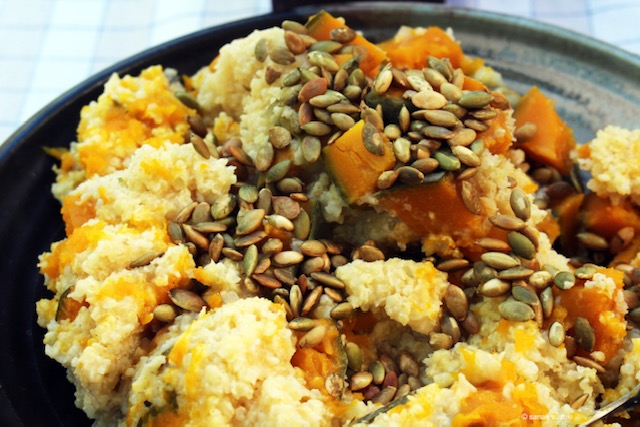
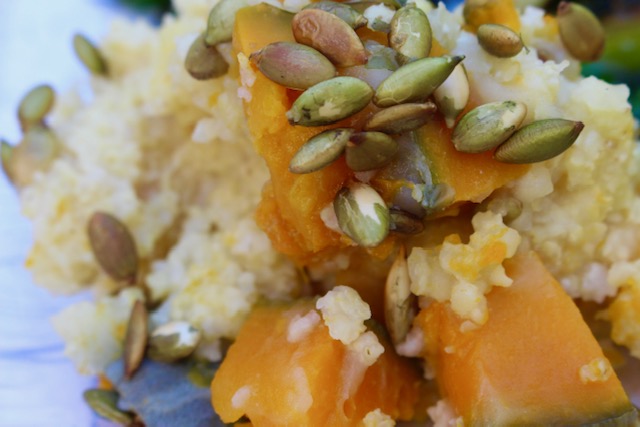














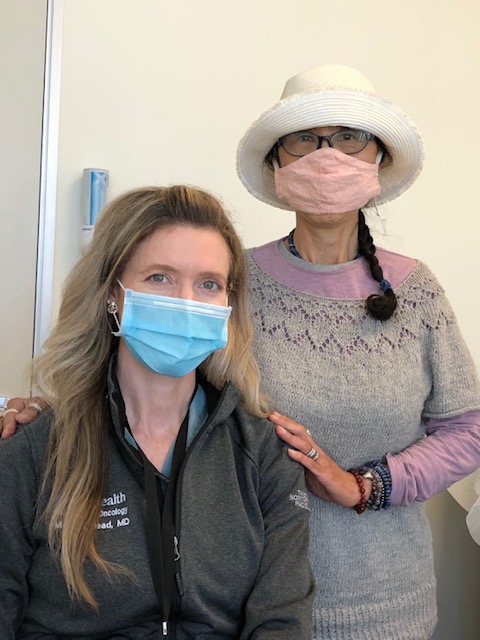
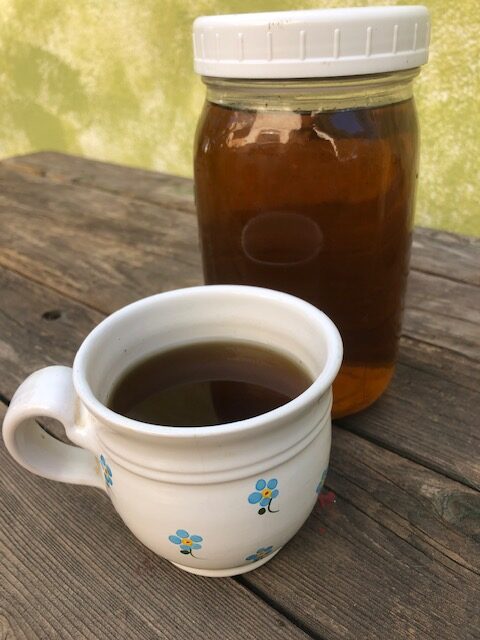
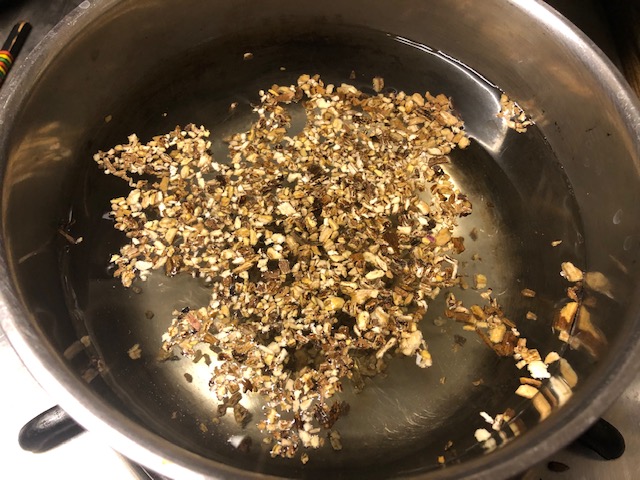
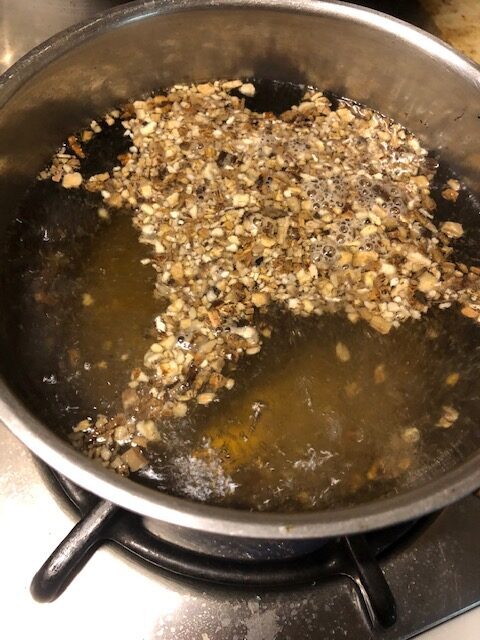
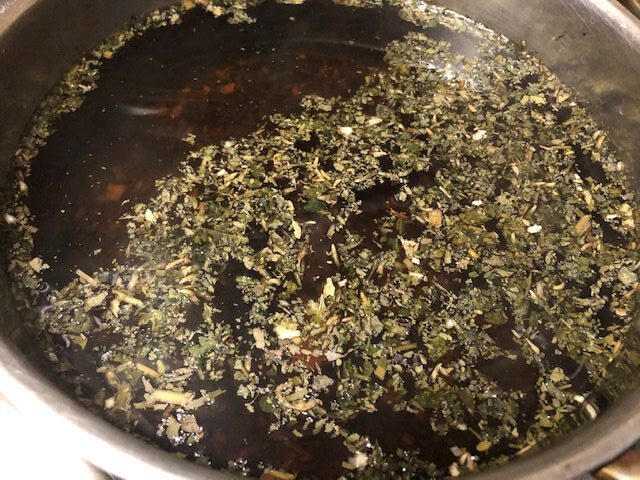
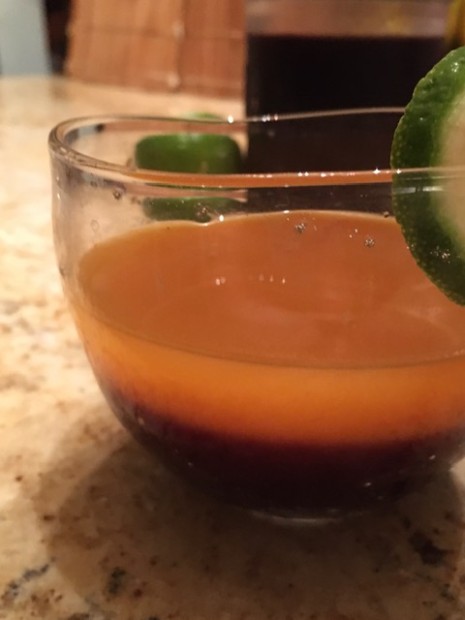




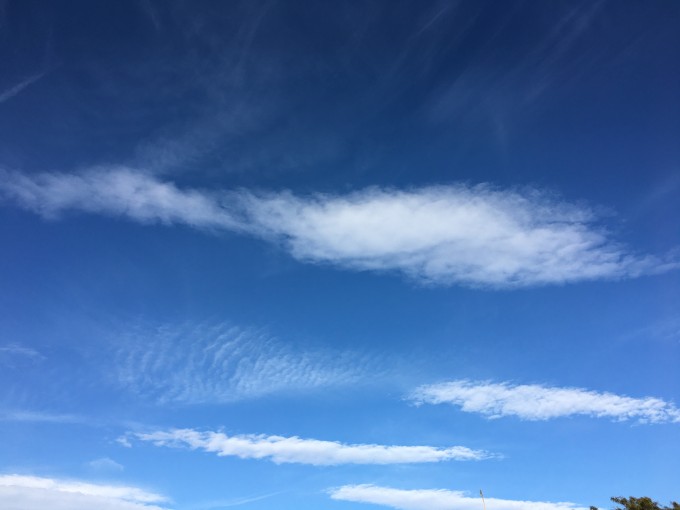
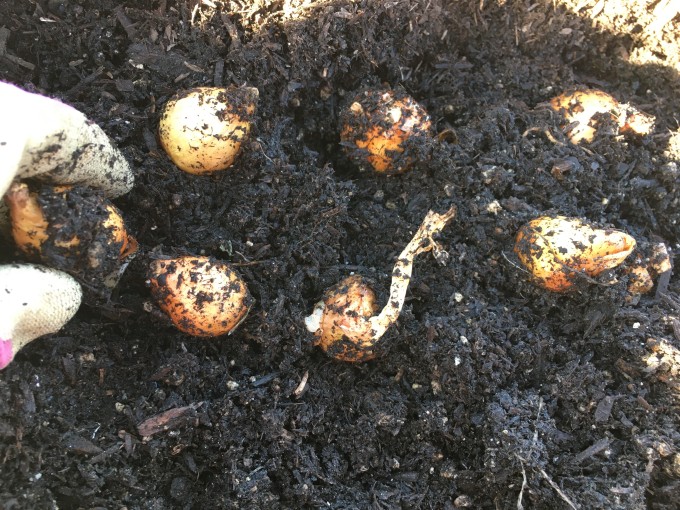

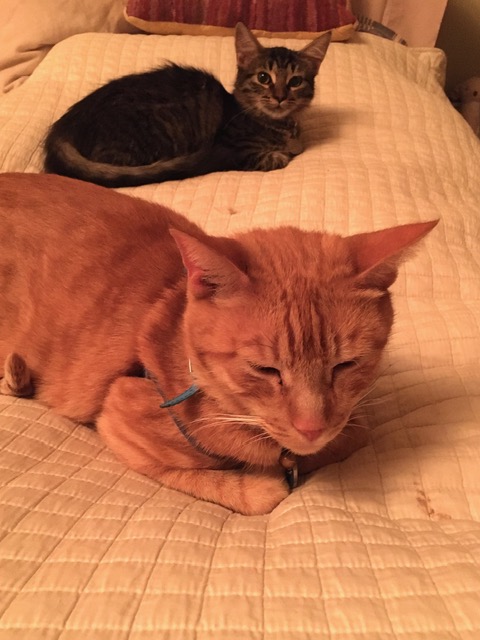 I am grateful for this relaxing last day of 2020.
I am grateful for this relaxing last day of 2020.